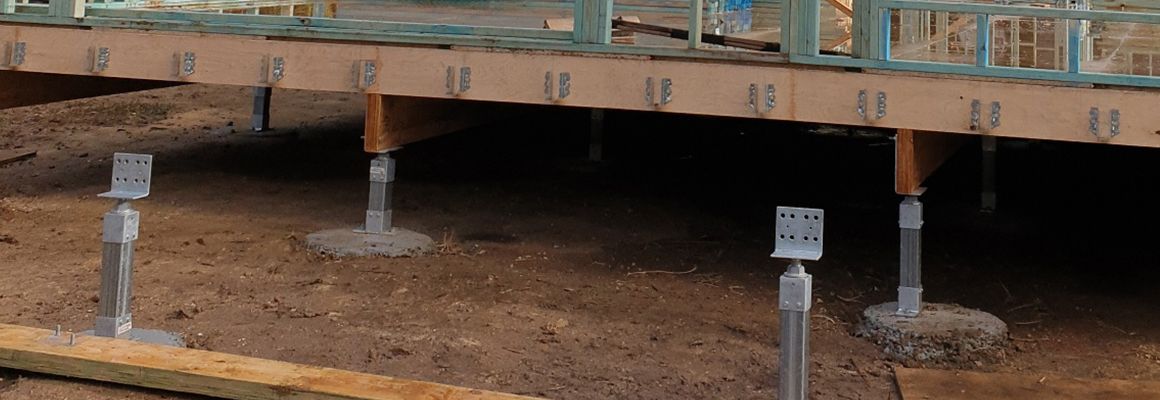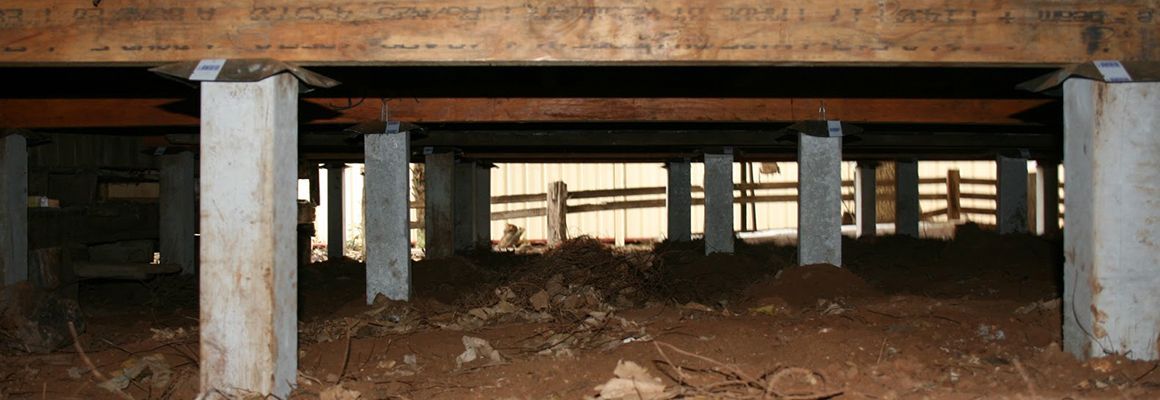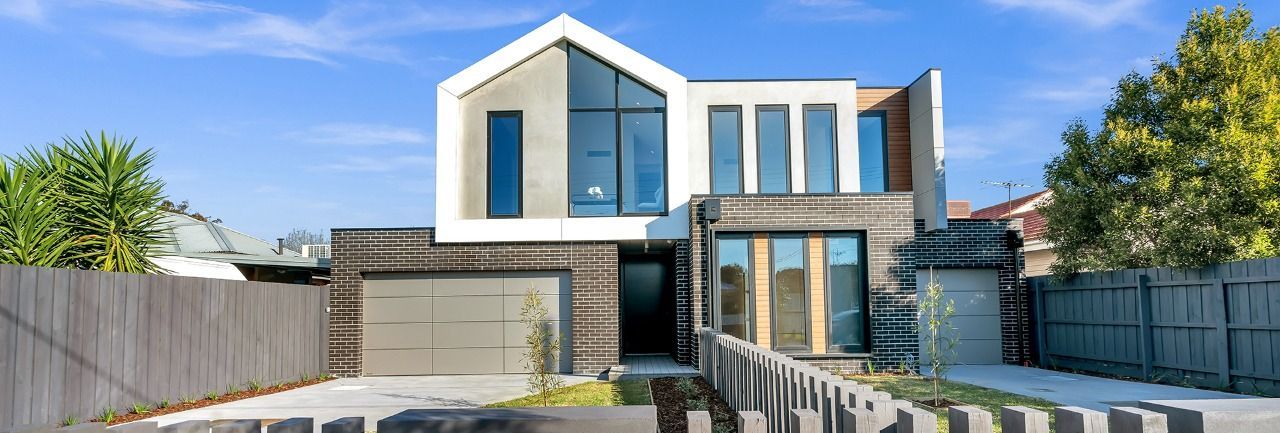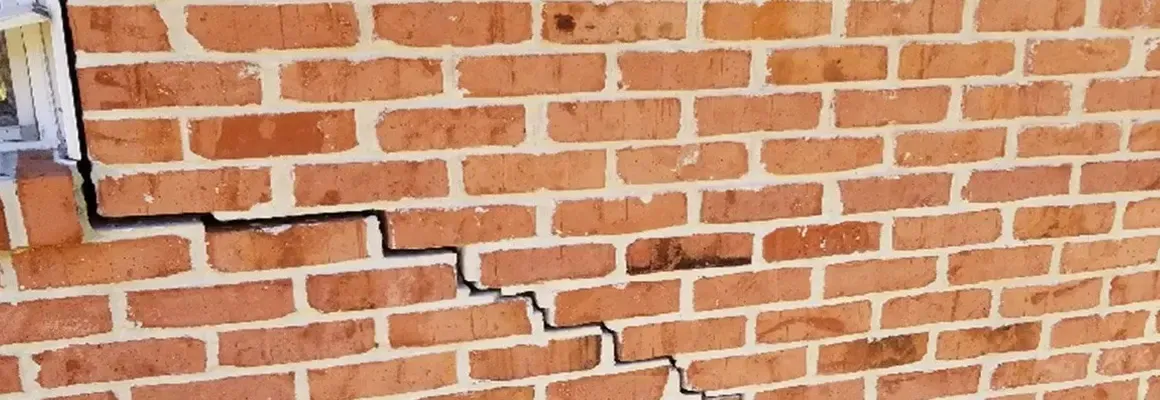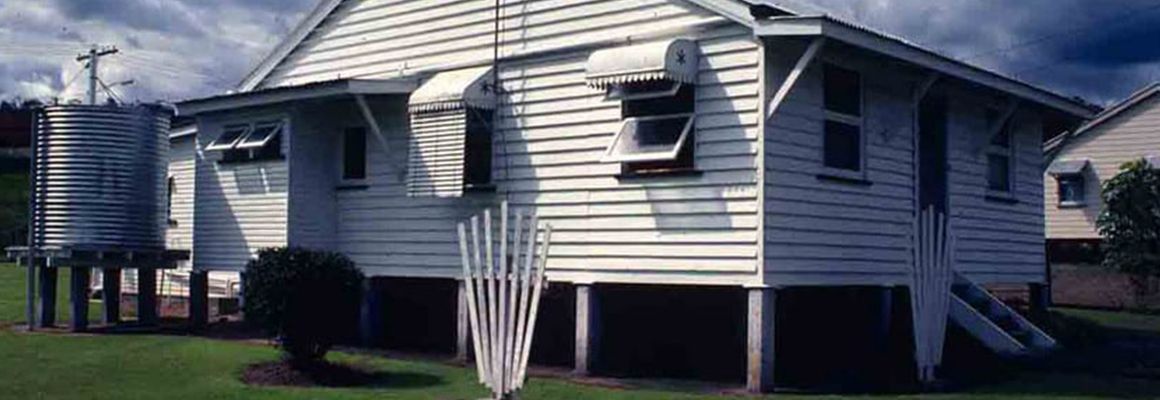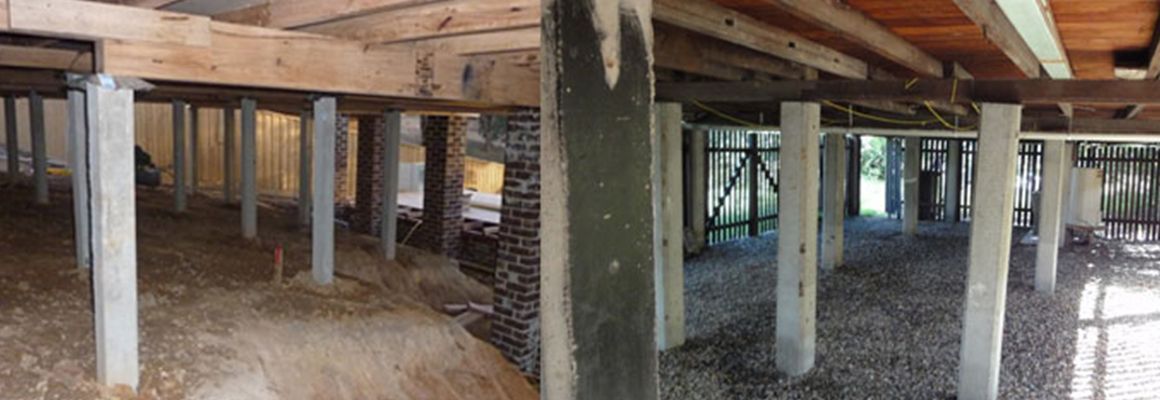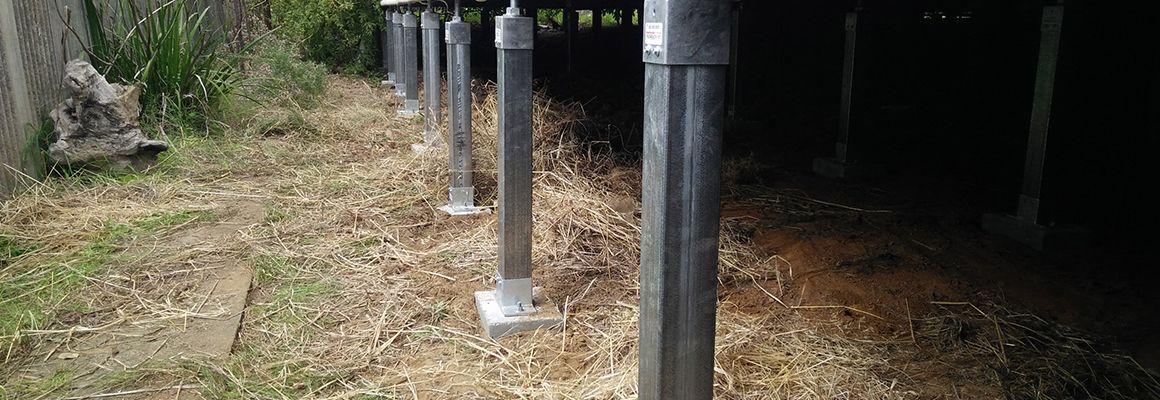Underpinning or Restumping – Which Is the Perfect Solution for Your Property?
Your property’s foundation is its structural backbone, literally and figuratively. It provides stability and support to the entire structure. Over time, various factors can lead to foundation issues, such as settlement, cracks, and uneven floors. Older properties with wooden stumps often see the most amount of damage and wear.
In Melbourne, two common methods are used to address these problems: foundation underpinning and restumping. But how do you know which one your property needs? There are some key differences in both. One will provide greater benefits for certain situations than others. Read through to find out which is required for your property:
When Foundation Underpinning Is Recommended?
Foundation underpinning is a technique used to strengthen an existing foundation by extending its depth or breadth. It involves excavating under the existing foundation and adding support in the form of piers or concrete underpins. Here are the key features and scenarios in which foundation underpinning may be required:
1. Soil Underneath Becoming Softer or Unstable
If your property is built on unstable soil, such as clay or expansive soil that expands and contracts with moisture changes, it can lead to foundation settlement and cracks. Foundation underpinning is often used in such cases to reach stable soil layers below the problematic ones.
2. Uneven Settlement Causing Problems
If you notice that your property is experiencing uneven settlement, resulting in sloping floors, tilted walls, or visible cracks in the foundation, underpinning can be used to level and stabilize the structure. Reblocking can provide the support required for restrengthening.
3. Planned Property Extensions or Renovations
If you plan to add additional stories to your existing property or significantly increase its weight-bearing capacity, underpinning is necessary to ensure the foundation can support the extra load. Foundations are usually designed keeping in mind the structural load. If it increases, underpinning will provide help.
4. During or After Foundation Repair
Foundation underpinning can also be used as a solution for correcting previous foundation repair work that may not have been effective. It provides additional support to rectify ongoing issues. Underpinning will provide the required support for the foundation to be repaired correctly.
When Restumping (Reblocking) Is Required?
Restumping, also known as reblocking in some regions, is the process of replacing old or damaged timber or concrete stumps (support posts) with new ones. The new stumps are typically made from durable, termite-resistant materials. Solid concrete or steel stumps may be used to replace the older damaged ones. Also, older properties with wooden stumps, often sustain damage as years go by. Here are the key features and scenarios in which restumping is commonly needed:
1. Rotten, Weakened, or Damaged Stumps
The most common reason for restumping is the presence of damaged, rotten, or deteriorating stumps. Timber stumps in older properties, in particular, are susceptible to moisture, termites, and time-related wear and tear. Replacing them with new, robust stumps is necessary to maintain the structural integrity of your property. The process might involve jacking up the property. A partial restumping or a full restumping might be diagnosed by professionals like Fort Knox Foundations.
2. When You Have Uneven or Sagging Flooring
If you notice uneven or sagging floors in your property, it’s often a sign of weakened or failing stumps. This is potentially dangerous as well and can cause cracks in walls and collapsing walls as well. Restumping can help level the floors and prevent further structural issues.
3. Pest and Termite Infestations with Damage
Termites and other pests can wreak havoc on timber stumps, causing significant damage. These pesky pests are known to turn full wooden blocks into nothing but dust. Restumping with termite-resistant materials ensures your property is protected against future infestations.
4. Issues with Property Stability
Natural disasters like earthquakes or flooding can cause stability issues in foundations. Restumping can improve the overall stability and load-bearing capacity of your property, ensuring it can withstand the test of time and environmental factors.
So, Which Does Your Property Need in Melbourne?
To determine whether your property requires foundation underpinning or restumping in Melbourne, consider the following factors:
1. Inspection by Professionals:
The most reliable way to assess your property’s foundation needs is to have it inspected by professional engineers or contractors. They can identify the specific issues and recommend the appropriate solution. Fort Knox Foundations is one of the most trusted foundation contractors in Melbourne. Give us a call to schedule your property visit for inspection.
2. The Nature of the Problem:
Consider the nature of the problems you’re experiencing. If the issues primarily involve the foundation itself, such as cracks, uneven settlement, or insufficient support, foundation underpinning may be the solution. On the other hand, if the problems are related to the stumps or support posts, restumping is likely needed.
3. Soil Conditions:
The type of soil on which your property is built plays a significant role in determining the solution. Unstable soil conditions often call for foundation underpinning, whereas damaged or deteriorating stumps are better addressed through restumping.
4. Load-Bearing Requirements:
Consider any planned changes to your property’s load-bearing requirements. If you’re expanding the structure or adding additional floors, underpinning may be necessary to ensure the foundation can support the increased weight.
5. Pest Issues:
If termites or other pests have caused damage to the stumps, restumping with termite-resistant materials is a practical choice.
6. Budget and Timeline:
Your budget and timeline can also influence your decision. Restumping is generally a more cost-effective and less time-consuming process compared to underpinning.
Final Words
In many cases, both solutions may be necessary. For example, if your property has experienced uneven settlement due to unstable soil and the stumps are also damaged, a combination of foundation underpinning and restumping may be required to address all the issues effectively. Both these services combined can make a real difference to your property’s life and longevity. Also, quick action will enable more affordable repairs. However, delaying the restoration will worsen the problem beyond repair.
In conclusion, determining whether your property in Melbourne requires foundation underpinning or restumping is not a one-size-fits-all decision. It depends on the specific issues you’re facing, the soil conditions, load-bearing requirements, and the condition of the found stumps. Make sure to get a professional survey. Fort Knox Foundations will not only provide a professional survey, we will also provide the best solution for your property.
Ready to work with Fort Knox Foundations?
Let's connect! We’re here to help.
Send us a message and we’ll be in touch.
Or give us a call today at 0402-441-447
Agency Contact Form
More Marketing Tips, Tricks & Tools

